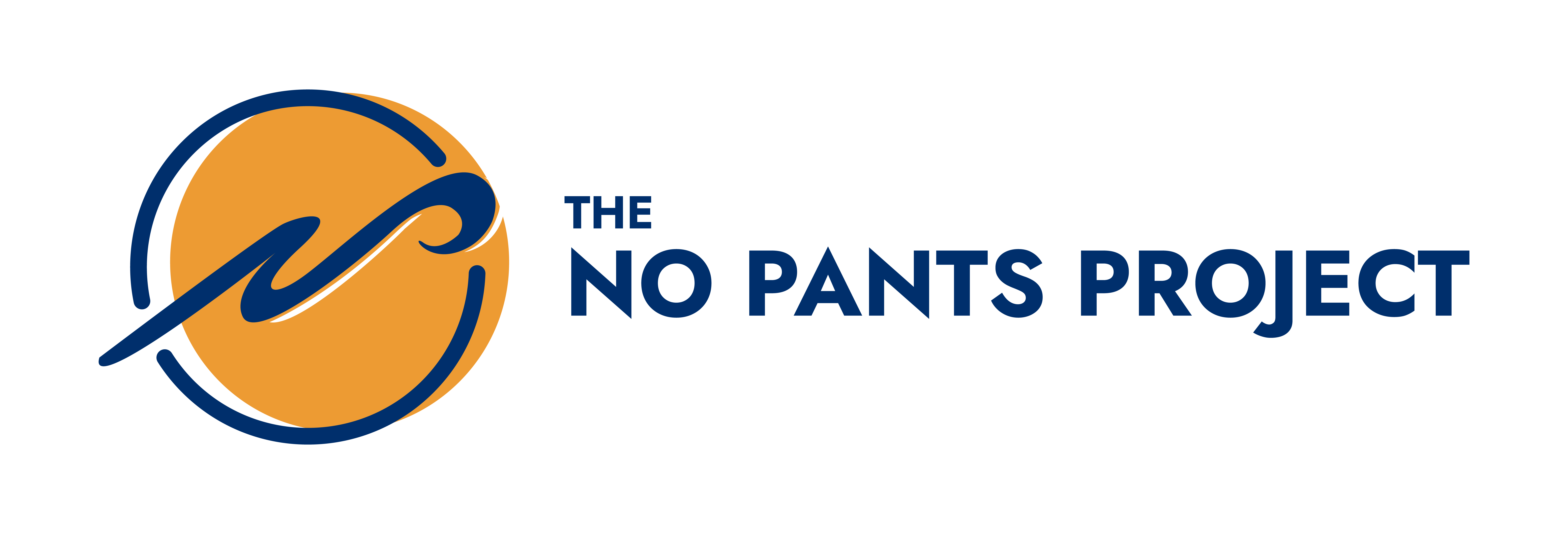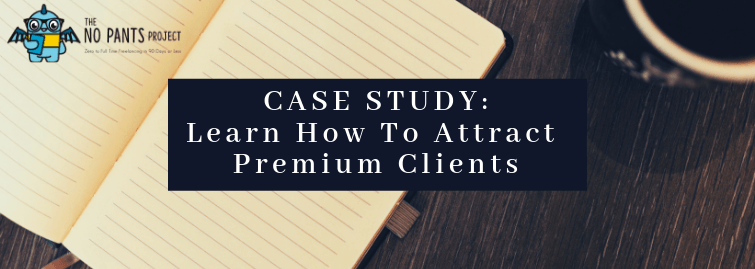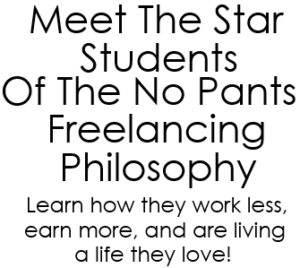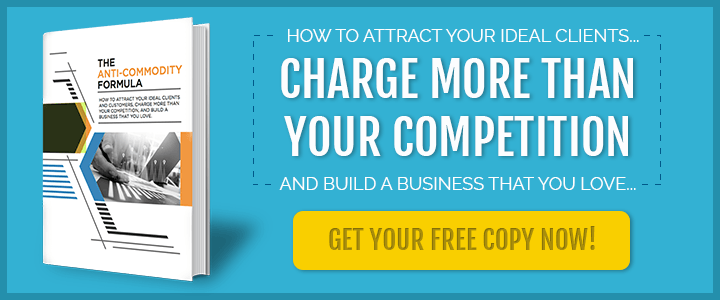Good content helps me improve myself or fix my problems, not by showing up on my doorstep with a toolbox, but by turning my brain into its own sort of toolbox.
While you might organize information in a podcast differently from a blog post, there are universal elements of neuroscience that can improve any content medium.
Whether you’re writing sales copy or blogs for yourself or your clients, recording training videos, or publishing podcasts to establish your expertise, you can organize your content in a way that’s brain friendly and more likely to get the response you want.
Use this CARE checklist to verify what you’re already doing right, understand why it works, and easily avoid doing things that work against your audience’s ability to learn what you want them to learn and do what you want them to do.
Brain Science. It’s not Just for Brainiacs.
You already know plenty about neuroscience just from growing up, living and learning.
For example, you know that your ability to focus is an important part of learning, and distractions can destroy the process.
You’re probably well aware of the role that headlines play in getting an audience’s attention, and how attention is the first step toward converting a stranger into a loyal customer.
Maybe you’ve experienced the way social sharing and stories can make complex ideas easier to comprehend.
You don’t need a degree in neuroscience to apply its fundamentals to your process.
Intuition + Intention = More Attention
When you go beyond your intuition (i.e., the stuff you’re doing right without thinking about it) and create brain-friendly content with intention, you’re more likely to get inside the minds of your audience, and less likely to lose their attention along the way.
CARE Checklist for Content Mastery
These CARE elements don’t need to follow a sequence in your content. They just need to be accounted for in your creative process.
-
Connections & Context
The brain learns by connecting new ideas to existing knowledge. When your content makes it easy for me to connect your service to the context of my life, my brain builds stronger neural networks around your message, so I’m more likely to act on it.
-
Attention
Before I can think about your service as it relates to my life you have to first get my attention. If your content promises value, my brain produces dopamine to help me focus. The more attention your content requires, the more dopamine my brain needs to produce.
-
Rations & Revisiting
Our brains get distracted by information overload, and prefer to learn in smaller portions over time. Break overwhelming ideas into chunks my brain can digest. Revisit key concepts and deliver steady, consistent value so your service and brand get firmly rooted in my memory.
-
Emotions
One of the easiest ways to get my attention is by appealing to my feelings. Do your homework and know what’s important to me. When I see myself in your content, I feel emotionally connected to it, and I’m more likely to act on it.
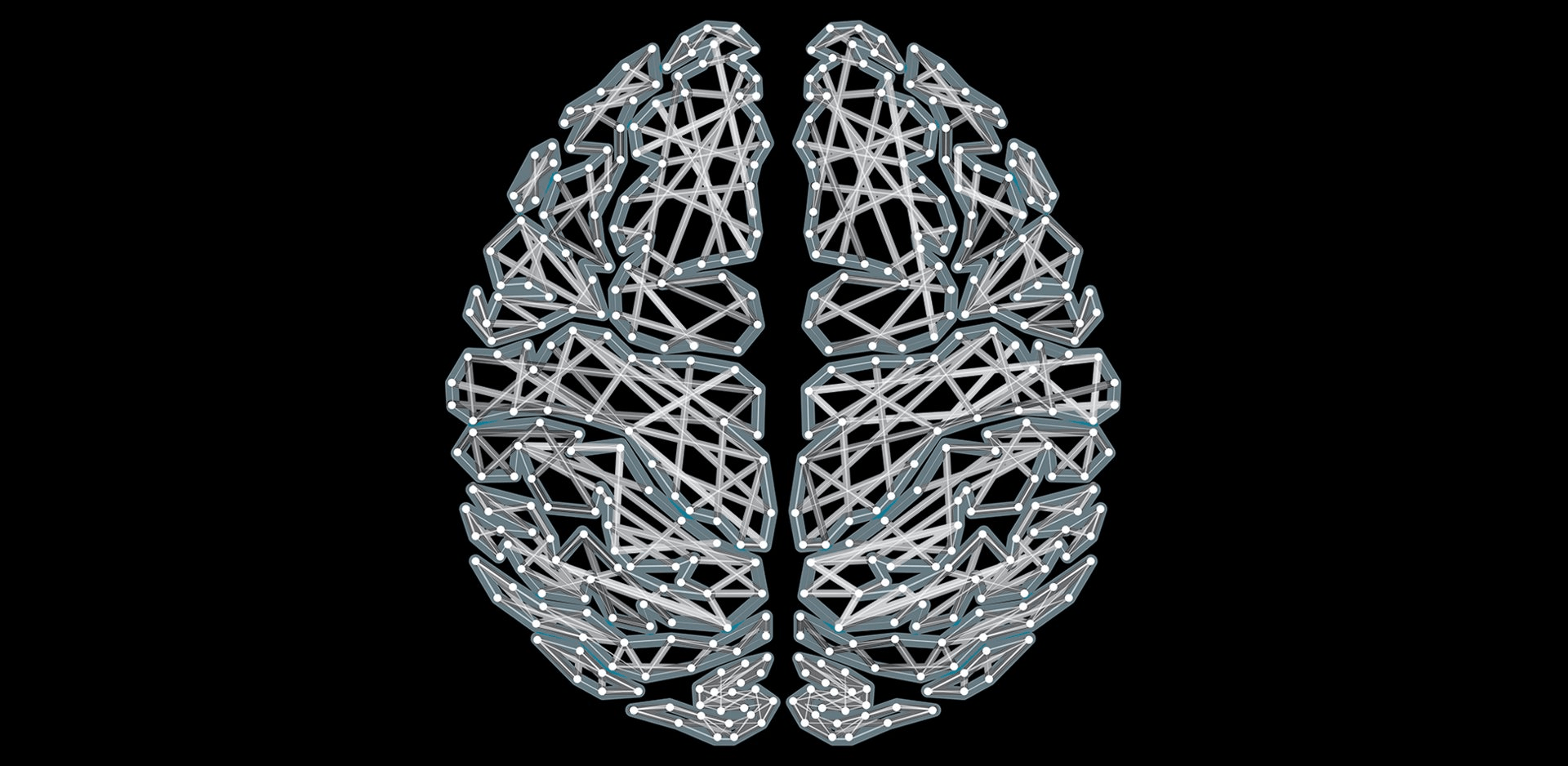
These interconnected and overlapping elements work symbiotically to strengthen the way your audience processes and responds to your message.
Connections & Context
Make it easy for me to relate your content with my needs.
If a dream client forgets your content five minutes after finding it, did your content really exist in the first place?
Not in the dream-client’s mind, it didn’t.
Help your audience remember and relate to you, by helping them build relationships between their world and yours, quickly and seamlessly. Don’t assume anything is obvious.
When we connect new ideas to existing beliefs, it engages our hippocampus, the brain’s center for learning and memory.
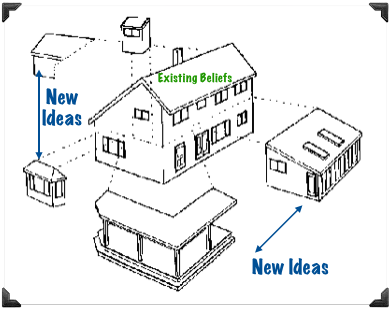
Connect Features to Benefits, Pain to Solutions
Marketers talk a lot about translating features to benefits. This process appeals to the way our brains assimilate new ideas.
Don’t just talk about your product specs, the experts say. Translate those specs into benefits for the customer.
The easier it is for me to generate these connections, the more likely your message is to stick inside my brain.
FEATURE > BENEFIT EXAMPLES
Feature: Fast, wide ranging data and GPS coverage for your smartphone
Benefit: You can lose yourself in the forest without losing your way home. Enjoy peace of mind on all your outdoor adventures.
Feature: Car’s camera technology monitors traffic and road hazards
Benefit: Drive with confidence knowing your kids are safer, and you’re more relaxed.
Feature: Active online learning community supported by experienced business coaches
Benefit: You don’t have to learn alone just because you want to be in business for yourself. Get guidance every step of the way, and stop second guessing your every move.
If your copy stops at features, my brain has to do all the work in connecting those features to my needs and desires.
Make it easy for me, by drawing the arrows (i.e., spelling out the benefits).
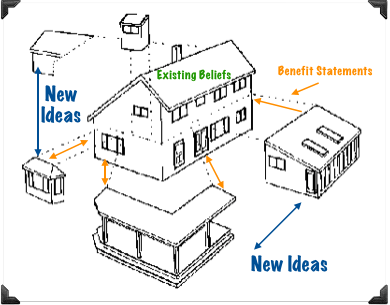
Build Meaning Beyond Benefit Statements
Whether you make content that can be spaced out over time, like email campaigns or training videos, or you’re just publishing one piece at a time, you can incorporate elements of reflection to help the brain build context and meaning.
Reflection Pauses
Benefit statements aren’t appropriate for all kinds of content, but mental connections are a must no matter what. When we can reflect on new information, our brains build stronger connections.
You can encourage me to create my own benefit statements, or context, by simply pausing and asking how my personal experiences relate to the topic at hand.
For example: Think about the last blog post or podcast that inspired you. Did you act on it or do something different afterwards? If so, how did it motivate you to take action?
Have you ever tried this in your own content? (See what I did there?)
Activities & Exercises
For content delivered across multiple sessions, like training videos or email courses, incorporate exercises and activities to help the brain build new mental maps around key topics.
Even simple actions deepen the brain’s coding process. For example…
- Answer the following five questions in your designated class journal.
- Fill in the blanks on your PDF worksheet.
- Have a conversation with your partner about topics X and Y.
- Post three ideas in the group, and respond to at least two.
I’ve purchased a lot of online training programs, and the ones I remember are the ones with “assignments,” worksheets, and social elements.
I enrolled in The No Pants Project to learn about freelancing, but the assignments and learning activities went way beyond the kinds of PDF printouts and job aids I expected.
Interacting with fellow students, and seeing their shared reflections (more on this in Empathy & Emotions below), helped me add to the context constructions already under way in my brain.
The more we visit a new neural pathway, especially when we bring others on the ride, the stronger and clearer that path becomes, and the easier it is to traverse.
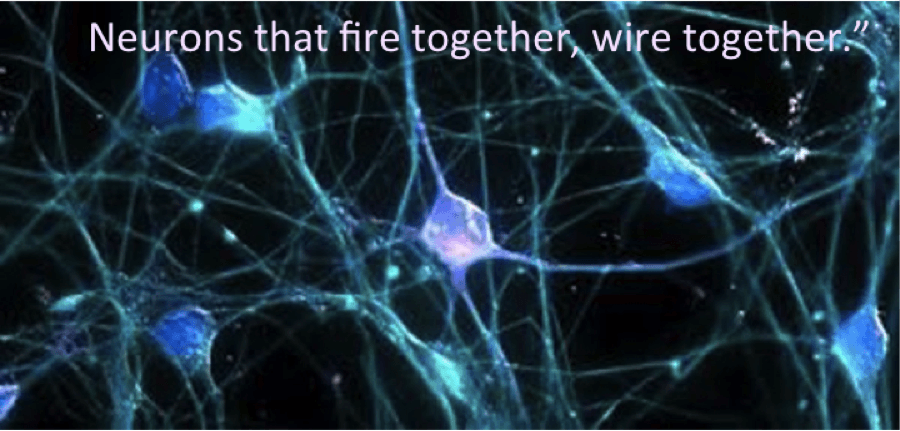
Building context is vital to building connection, but before your content has any hope of kicking off this important process, first it needs attention.
Attention
Deposit dopamine in my brain, and I’ll pay you with my most precious resource.
Smartphones and our ever-connected culture create an environmental form of ADHD across an entire population. We are addicted to distraction, cursing and craving it at the same time.
While you can’t control the physical surroundings or social notifications of someone reading your sales page, you can learn how to trigger important neurochemicals in their brain by studying ADHD research (as in clinical ADHD, based in the brain, not the environment).
It all comes down to dopamine.
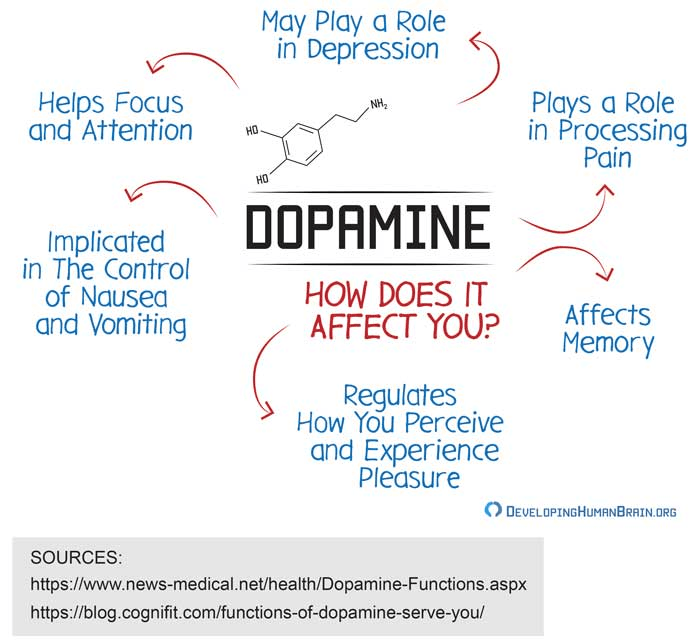
Dopamine is a major player in mental processes involving attention, memory, pleasure and reward, which are all vitally important in getting a dream client to act on your content.
It is essentially a Senior Communications Officer running important messages between the hippocampus and amygdala, barking commands about what to do and how to operate.
Pay Attention! This is important. It could make us money. (or this might cost us) This could be good for us (or bad for us). In any case: ALERT. ALERT. ALERT. LOOK ALIVE IN THERE!
When the hippocampus is highly charged, we are focused and attentive. The longer it stays that way, the more likely we are to remember what’s important and actually use it.
You can see how headlines play a key role in starting this process.
Anticipate a potential reward > Pay attention > Code to memory > Retrieve later
GOOD HEADLINES TRIGGER DOPAMINE TRANSMISSION — SOME EXAMPLES:
Earn 6-Figures in your Pajamas. These Freelancers Will Show You How
Why It’s Almost Too Late To Start Your Freelancing Business
Why I Almost Failed as a New Freelancer – 7 Traps to Avoid
Getting attention is only the first step. If you’re going to maintain it, you have to be strategic.
KEEP THE DOPAMINE FLOWING
Start by accepting that people actually like to be distracted, even if they say they hate it. They’re looking for every possible excuse to move on to the next shiny object.
Here are some tips to help you light up the hippocampus and keep the dopamine flowing:
Continuously remind me why I should care.
- Don’t assume I know, and don’t make me work to figure it out. There are too many other things begging for my attention, and lots of them require zero effort.
- If I lose sight of your value promise (e.g., learn to make better content) or if I forget why it matters (get better clients, and make more money), then I’m at high risk for distraction.
If attention is psychic currency, understand how much your content costs.
- If I have to work at figuring out your meaning, or work at connecting it to my needs, I have to focus harder.
- The more focus I spend, the less I have to give. Spell it out. Be obvious.
Too much, too soon = Too distracting.
You can’t force me to uninstall Instagram or turn off my Facebook notifications while I watch your video, but there are distractions within your power to minimize or eliminate.
- Avoid mental overwhelm. Use clean, simple design.
Brains don’t like blocks of text or monotonous lectures (i.e, someone reading into a microphone).
Use spacing to create a cadence with your delivery, whether it’s visual or auditory.
- Break big ideas into single-serving brain snacks. Avoid Idea Smorgasbords.
I can’t learn one thing if I’m trying to learn everything… which brings us to the ration portion of the CARE content model.
Rations & Revisiting
Give me brain-friendly portions. Provide consistent value.
Here’s a popular metaphor used to discuss the science of learning: A brick wall is not made of a single giant brick. It’s a collection of bricks, strategically stacked, with time to let the mortar dry.
Our brains do a much better job at building new mental contexts when the inputs are portioned and spaced appropriately.
To borrow a different metaphor: Learning is a marathon, not a sprint.
It’s not that you can’t learn in a hurry. It’s just that the faster it happens, the flimsier the foundation.
If you’ve ever crammed all night for a test and then completely forgotten everything as soon as you left the classroom, you’ve experienced this effect.
Keep this in mind when you think about the impact you want your content to have.
- Divide messages to work with limited attention spans.
Research varies on just how limited our attention spans are these days.
For easy consumption, make sure your audience starts getting value within a few seconds, and has gotten a full serving within about 30 minutes.
After that the hippocampus needs to recharge.
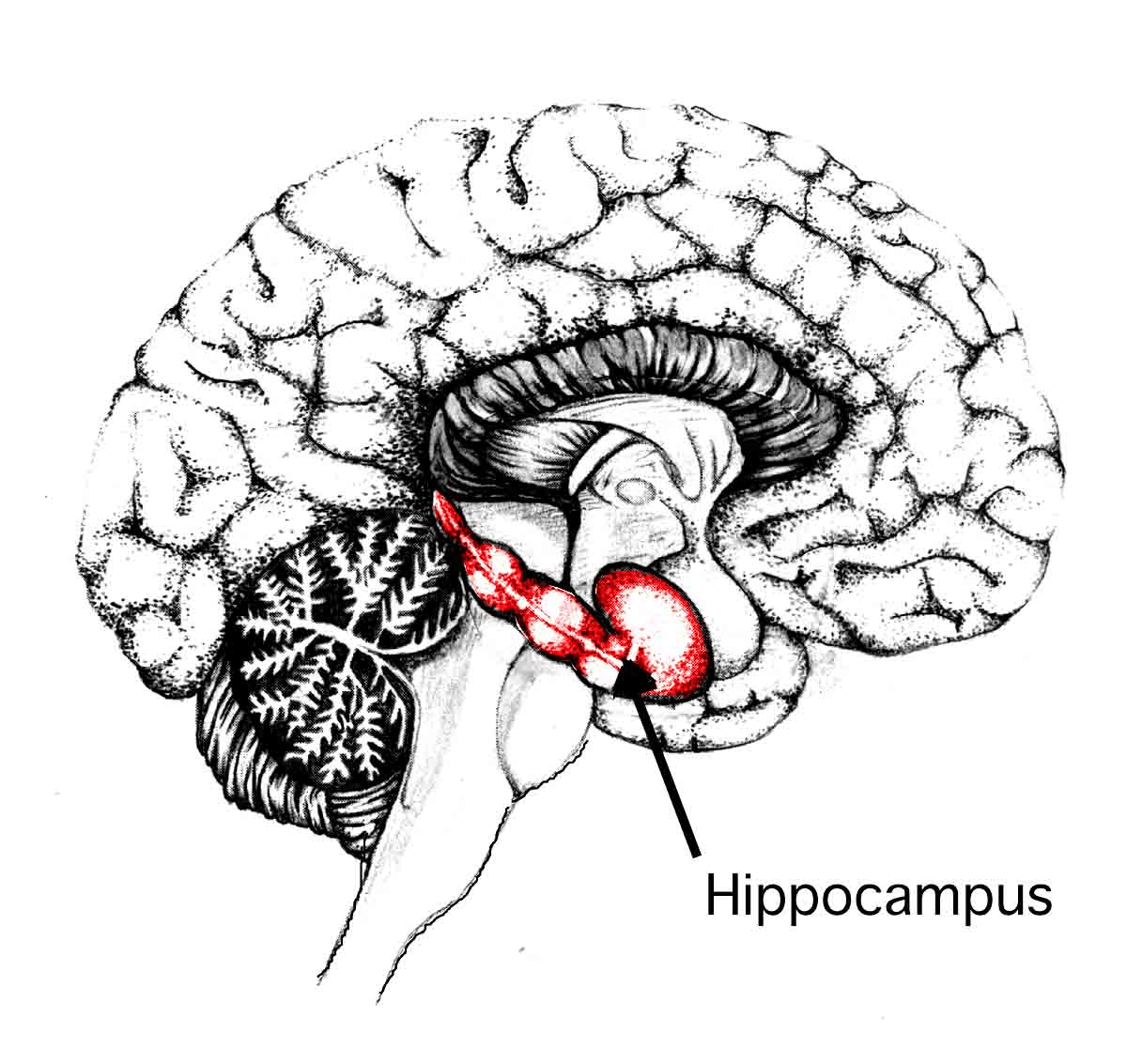
- Develop bigger concepts (like trust and credibility!) over time.
Think of the time between your emails, posts or podcasts as allowing the mortar to dry between bricks.
- Revisit and repeat key concepts. Just like driving to a new destination is easier the fifth time compared to the first time, accessing a new memory or mental map gets easier the more you do it.
You can spend a lot of time and energy organizing content, and publishing multiple pieces to support one big unifying idea, but none of these CARE elements will work without an emotional connection to your audience.
Empathy & Emotion
Make me feel something. Know me. Know my pain.
Arousing emotion isn’t just about being dramatic or making emo content.
Responses to humor, music, or beautiful sunsets all qualify as emotional. They make us feel something.
While motivation may not technically be an emotion, it’s usually experienced as a feeling.
Harness the Growth Mindset to Guide Motivation
People who consume your content are more likely to have a growth mindset, as opposed to a fixed one. This means they’re motivated to learn, otherwise they probably wouldn’t be reading, watching, or listening to you.

Tapping into that motivation can keep your audience engaged.
- Use story to connect to purpose.
When content connects to or uncovers my motivation for changing, I’m more likely to act on what I’m learning. (See Connections & Context) - Use positive social connection and belonging cues.
Even the most introverted loners are wired with a basic human need to belong. We are social creatures, and if you can incorporate a sense of community into your content strategy, your audience will get more from the experience.
Your capacity for learning and change expands as you connect to others whose capacity for learning and change is expanding by connecting to you.
If you’ve ever participated in an active learning community, you’ve experienced this in action.
You can see this on dazzling display in The No Pants Project community. This isn’t fly by night, cram-to-pass learning. It’s the real deal.
Brain banging, mind expanding, life changing learning. And it’s contagious.
Social and emotional connection magnifies every single aspect of the CARE content model.
Let’s review each of those now, because, as you may have read along the way, repetition and reflection are key to learning and transformation.
Recap: CARE about the Brains Behind Content Mastery
Create content that reads your clients’ minds by understanding how minds actually work.
CONNECTIONS and CONTEXT
The faster I can associate incoming data with a mental map that already exists, the faster my brain codes that new information and stores it for ready retrieval.
Your content can have the slickest design, or most thoroughly researched data, or most cutting edge ideas on the planet, but unless your audience can make a meaningful connection between your message and their own stories, unless they can place that content within the context of their own lives, it’s not going to have the impact you want.
ATTENTION
We don’t often give our attention on blind faith. Our brains respond to motivation, and motivation is triggered by the promise of reward.
The mere suggestion of reward can flush my brain with dopamine, which helps me focus. The more focus I have in the bank, the more I’ll spend on your content.
If your content continuously promises and delivers reward, my brain will continuously release dopamine, and I’ll continue to give you my attention.
RATIONS & REVISITING
Build trust and establish credibility one brick at a time. Repeat important points. Revisit your value proposition.
- Record lots of podcasts
- Write lots of emails
- Post lots of blog articles
EMPATHY & EMOTION
When you understand your audience’s struggle, you can relate to them on an emotional level. The more emotionally connected they are to your content, the stronger their mental associations and coding.
Bonus Reading: Stumped on content ideas? Check out our post 21 Ways to Attract Your Dream Client With Easy-To-Make Content
Wanna learn more about connecting your superpowers to dream clients? Do you love to geek out about how things work (in the brain, in marketing, in business)? Do you feel less than enthused about working for a boss the rest of your life?
Then you, my friend, are perfect for The No Pants Project. Come learn with us. Fire up that hippocampus. It’s pretty dope…amine. (Get it? Dopamine! I’ve waited a long time to bust that one out. Don’t hate.)
